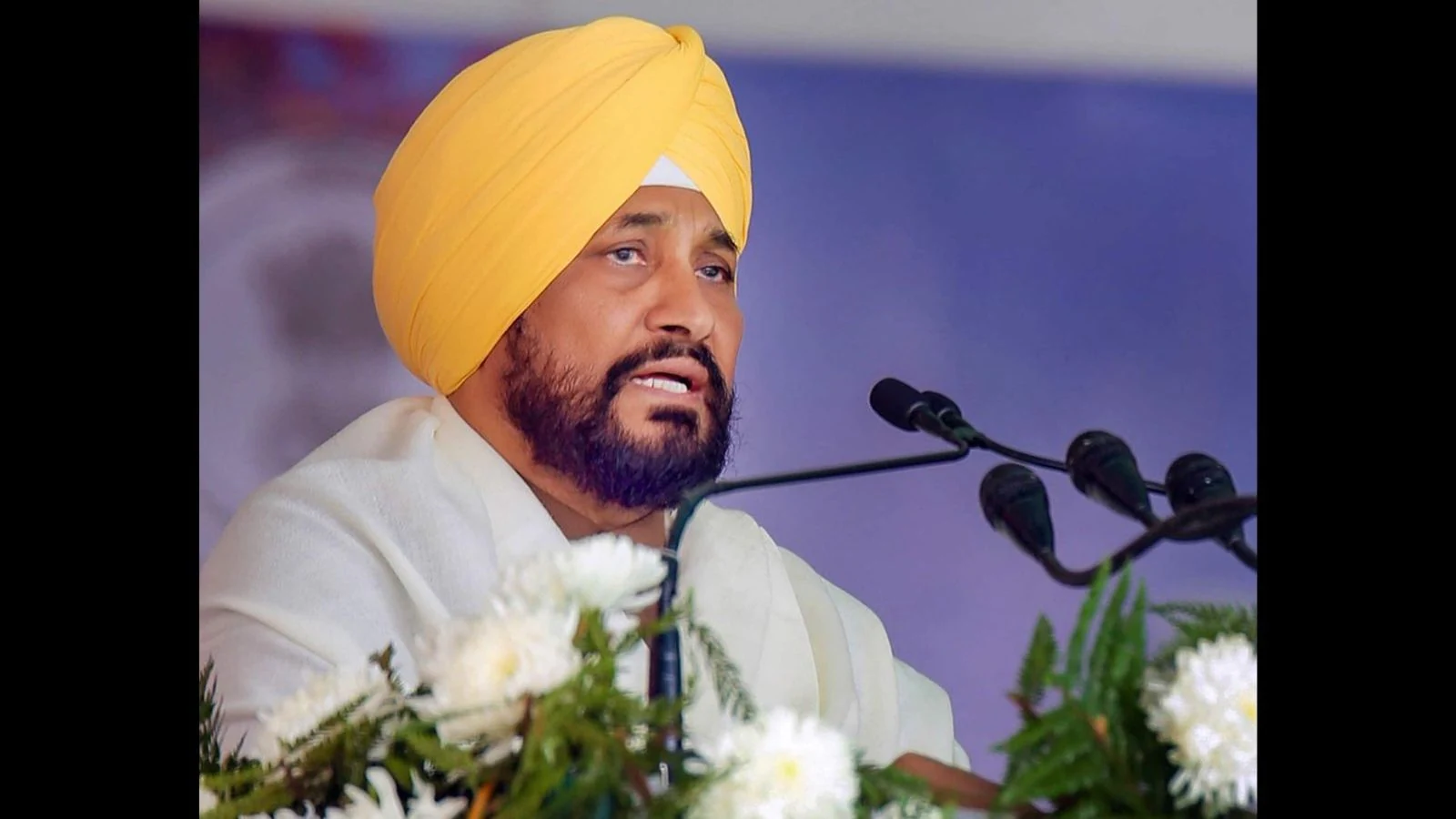From Matrimonial Ads to Gurdwaras, Caste & Sikhism Co-exist in Punjab. New CM Charanjit Channi is Proof
When headlines on Sunday flashed ‘First Sikh Dalit CM’ in Punjab, many were surprised by the presence of caste in Punjab, more specifically Sikhism. The astonishment was not completely unfounded because the religion was built on the basis of denouncing differences. However, a closer look at the society reveals fault lines like any other.
A Dalit face for Punjab’s top post, for the first time, signals Congress’s push ahead of 2022 assembly elections in the state and further establishes the prominence of caste in the state.
Here’s a brief history on how caste crept into Sikhism and how deep are the differences:
Wasn’t Sikhism supposed to be free from caste?
Sikhism’s holy book Adi Granth contains a forthright condemnation of caste. In the langar, therefore, everyone must sit in a straight line, neither ahead to lay claim to higher status nor behind to denote inferiority. Indeed, the distinctive Sikh langar originated as a protest against the caste system. Another signal of the Sikhs’ rejection of caste is the distribution of the karah prasad, which is prepared or donated by people of all castes.
What happened then?
In two areas of Sikh society, however, caste is still observed. Sikhs are normally expected to marry within their caste: Jat marries Jat, Khatri marries Khatri, and Dalit marries Dalit. In addition, Sikhs of some castes tend to establish gurdwaras intended for their caste only. Members of the Ramgarhia caste, for example, identify their gurdwaras in this way (particularly those established in the United Kingdom), as do members of the Dalit caste.
Recent media reports state that there are separate places of worship and cremation grounds for Dalits in most villages. They may enter gurdwaras meant for Jat Sikhs to offer prayers but cannot join other worshippers in the langar, the community kitchen, where meals are cooked for worshippers. Dalits are also not allowed to touch vessels used for religious ceremonies at these gurdwaras.
More than 60 per cent of Sikhs belong to the Jat caste, which is a rural caste. The Khatri and Arora castes, both mercantile castes, form a very small minority, though they are influential within the Sikh community. Other castes represented among the Sikhs, in addition to the distinctive Sikh caste of Ramgarhias (artisans), are the Ahluwalias (formerly brewers) and the two Dalit castes, known in Sikh terminology as the Mazhabis (the Chuhras) and the Ramdasias (the Chamars).
What is the population percentage based on caste in Punjab? How are Dalits faring?
According to data sourced from state government website, Dalits form 32 per cent of Punjab’s population. Of the total Dalit population, 59.9 per cent are Sikhs and 39.6 per cent Hindus. Upper-caste Jat Sikhs are fewer in number – 25 per cent – but have political and economic clout. Jat agriculturists own large swathes of land while Dalits possess only 6.02 per cent of the operational land holdings in the state. Of the 523,000 families living below the poverty line in Punjab, 321,000 or 61.4 per cent are Dalits.
Read all the Latest News, Breaking News and Coronavirus News here


